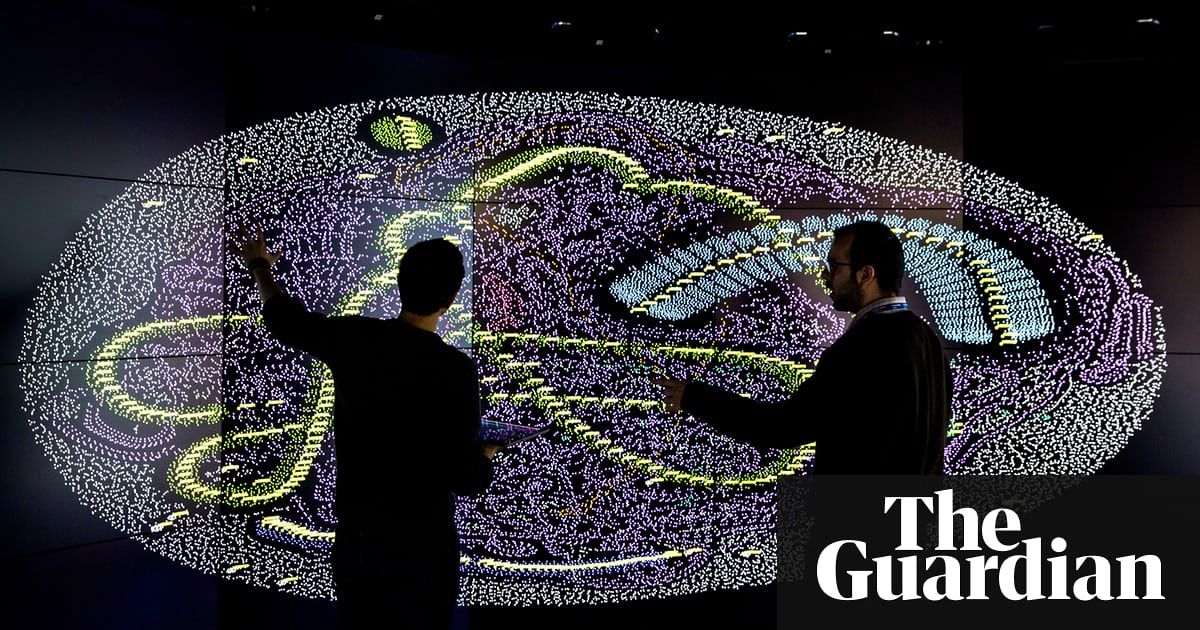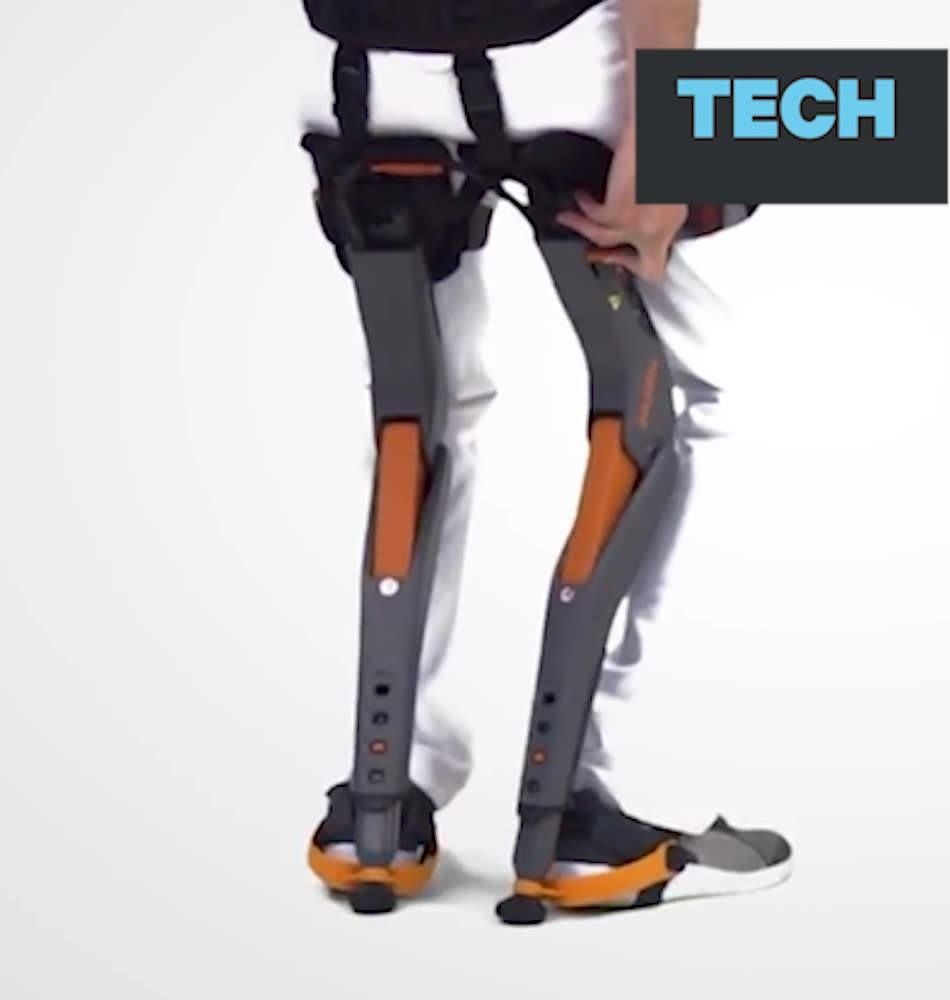Detailed images of the anti-ageing enzyme telomerase are a drug designer’s dream.
Get the latest international news and world events from around the world.


Studying Teacher Education A journal of self-study of teacher education practices Thinking with Posthuman Perspectives in Self- Study Research
Https://paper.li/e-1437691924#/
In this study, we set out to explore processes of individual and group becomings of a self-study collective over time and distance, and with/through technology. Born out of a self-study project in one of our early doctoral courses, our self-study.

Refining the Epigenetic Clock
A team of researchers, including professor Steve Horvath, the pioneer of the epigenetic clock, report in this new paper about an improved version of that clock [1]. His original epigenetic clock measures the age of a person by looking at DNA methylation patterns; these patterns correlate closely with the actual age of a person, with a margin of error of around two years or so.
Since the original clock was first created, work has continued on refining the process and how aging is measured. In terms of aging biomarkers, it is generally considered the gold standard, given how reliable it is as a way to determine biological age.
While chronological age is linked to the likelihood of us developing age-related diseases and dying, it is important to distinguish the difference between chronological age and biological age. Individuals of the same chronological age may not age in quite the same way or even at the same rate, showing differences in their susceptibility to different age-related diseases.

Undoing Aging with Keith Comito
An interview from the recent Ending Aging conference in Berlin with Keith Comito which we did in collaboration with Anna Dobryukha from Komsomolskaya Pravda.
The Undoing Aging conference, a collaboration between the SENS Research Foundation and Michael Greve’s Forever Healthy Foundation, took place on March 15–17 in Berlin, which saw many researchers, advocates, investors, and other important members of the longevity community gather together to learn about the latest progress in rejuvenation biotechnology.
As we had arranged a travel grant for Anna Dobryukha, one of the best Russian journalists writing about aging, longevity, and rejuvenation research, to join us, it made sense to collaborate with her on the most interesting interviews. Anna works for Komsomolskaya Pravda, one of the largest Russian publishing houses, which has a newspaper, a radio station, and a website with over 40 million readers. Anna has also published an article based on this and other interviews taken during the conference which you can find here.
During the conference, Anna and Elena interviewed LEAF president Keith Comito about crowdfunding and the challenges we face as full-time advocates in the field. Anna (A), Keith (K), Elena Milova (E), and Steve Hill (S) were all present and can be identified by the corresponding letters in the dialogue below.

Stem Cell Implants in the Brain Could Delay Aging
Scientists at New York’s Albert Einstein College of Medicine have conducted experiments and found that stem cell implants in the brains of mice can stop aging and help the treated animals remain fitter for longer.
What part of the brain controls aging?
The experiments have helped researchers identify that a part of the brain called the hypothalamus is intimately involved in the aging process. The investigators hope to launch trials in humans to see whether similar treatments with neural stem cells can prolong the life of treated individuals.

Scientists plan huge European AI hub to compete with US
In an open letter that urges governments to act, the scientists describe how Europe has not kept up with the US and China, where the vast majority of leading AI firms and universities are based. The letter adds that while a few “research hotspots” still exist in Europe, “virtually all of the top people in those places are continuously being pursued for recruitment by US companies.”
Exclusive: In an open letter, the scientists say the proposed Ellis institute is essential to avoid brain drain to big tech firms.
Ian Sample Science editor.
ICO Whitelist Registration
3 days left to get into our Initial Community Offering (ICO) for the evolution of the blockchain which I’ve invested and advising.
Welcome to the Holo ICO whitelist registration! You will need to verify your identity and join the whitelist before you can participate in the ICO. The process requires creating an account, completing a quick identity verification, and then adding your Ethereum address to our whitelist. Once whitelisted, your address will be written into our smart contract, and you will be prepared to participate in the Holo ICO.
NOTE: If you are a resident or citizen of the United States, China, or South Korea, you cannot participate in our ICO due to legal and regulatory uncertainty in those jurisdictions. You will be unable to verify or whitelist if you are a resident or citizen of one of these countries.
To learn more about our ICO, visit https://holo.host/ico
You can read the full article on this study here
http://radicalsciencenews.org/the-origin-of-life/
Radical Science News is about radical breakthroughs and the newest technology and ideas that will change the world.
